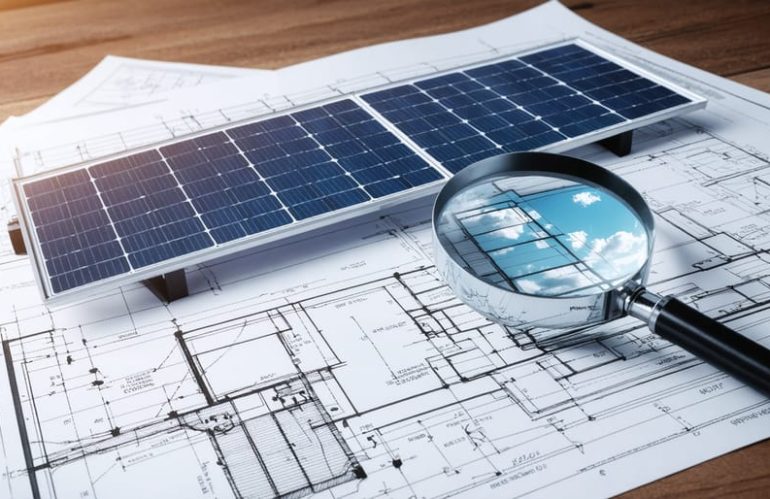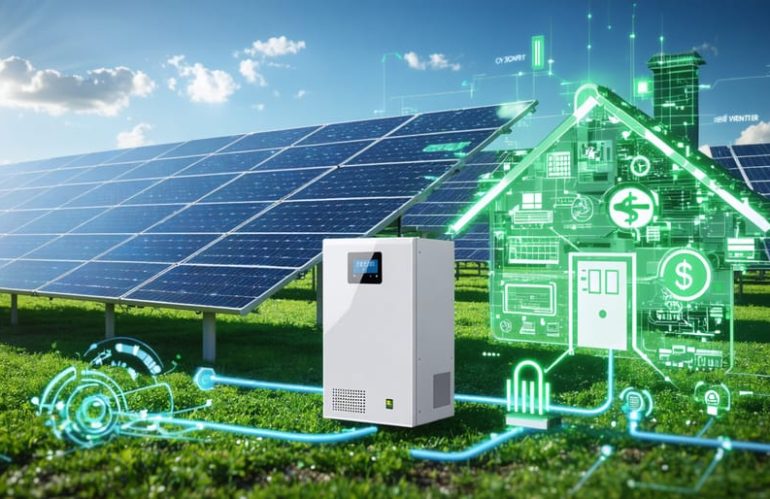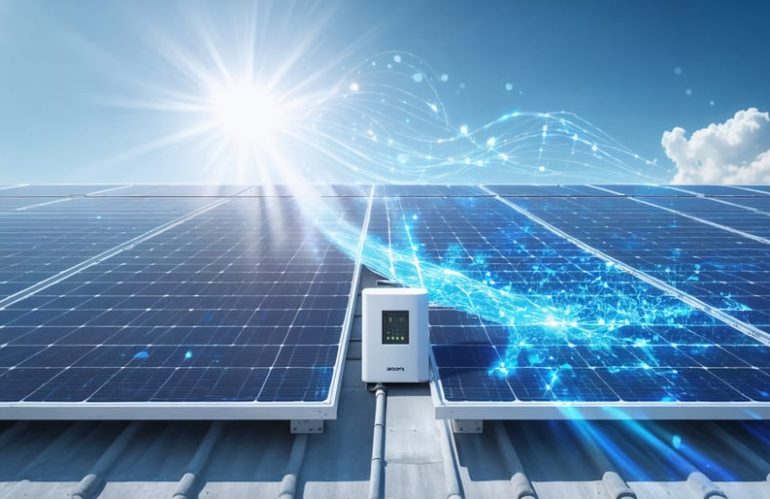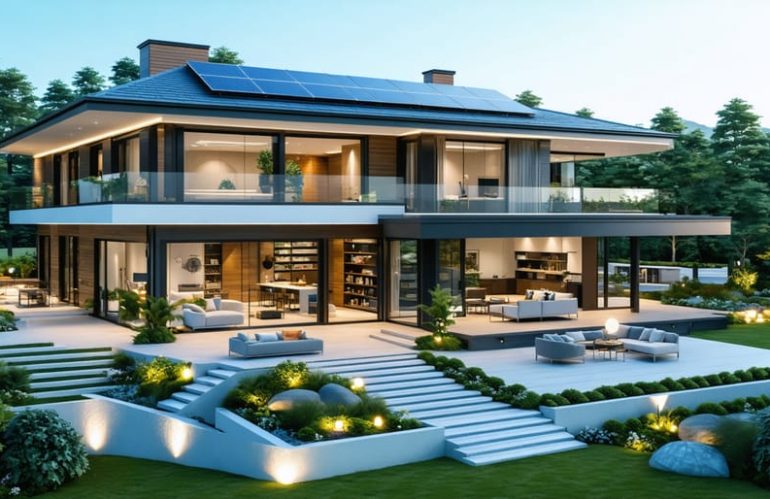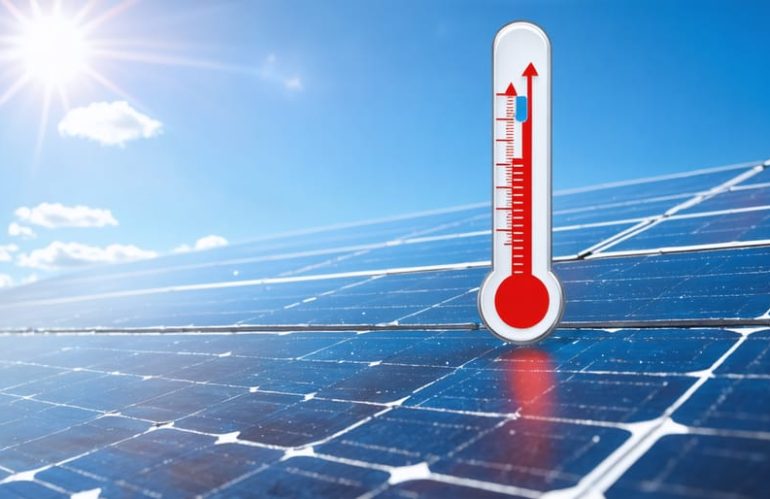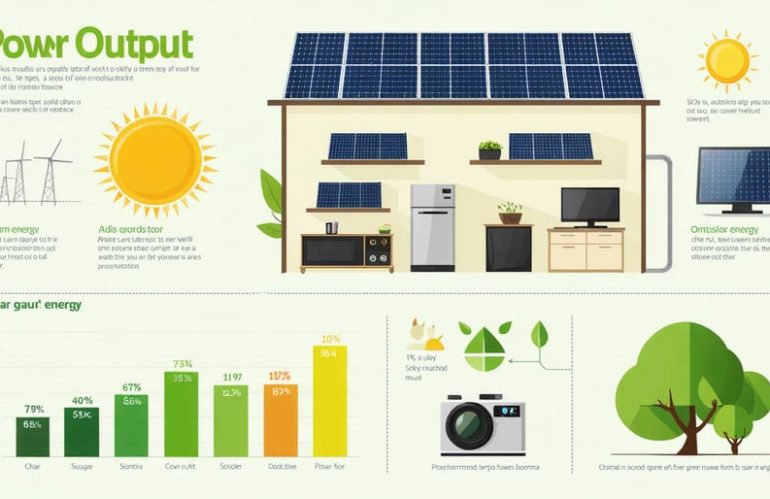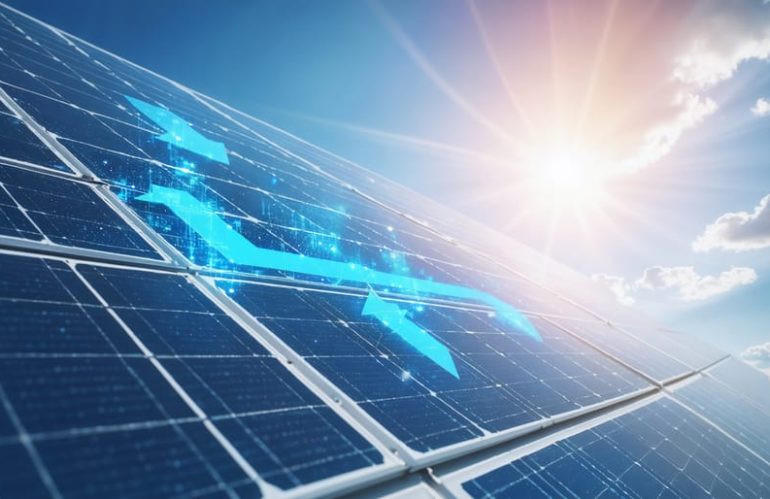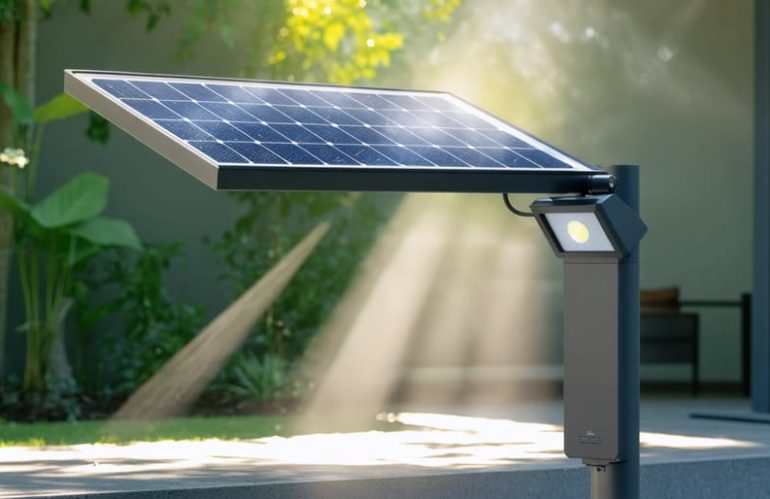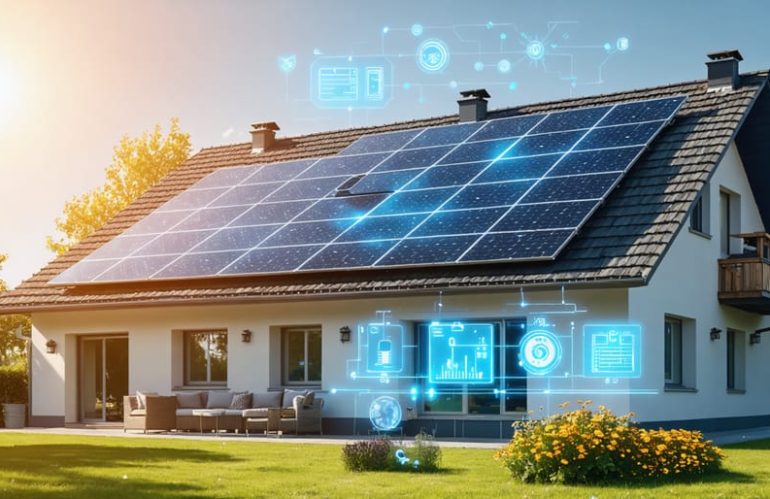Solar energy system disclosure documents serve as your essential roadmap when considering a residential solar installation. These legally-required documents outline crucial details about your potential solar investment, including system specifications, estimated energy production, and financial obligations. Before signing any solar contract, homeowners must understand these disclosures to make informed decisions about their energy future.
Think of a solar disclosure document as your consumer protection blueprint – it reveals the true costs, performance expectations, and warranty information that might otherwise remain buried in …
Category: Technical Specifications and Performance
Technical details, performance metrics, and system specifications
Why Your Solar Inverter’s Efficiency Makes (or Breaks) Your Energy Savings
Inverter efficiency stands as the cornerstone of solar power system performance, directly impacting how much of your solar panels’ generated electricity actually powers your home. Modern solar inverters achieve impressive conversion rates of 95-98%, translating into substantial energy savings and faster returns on investment. Yet this critical component often remains overlooked when homeowners plan their solar installations.
Understanding inverter efficiency isn’t just about technical specifications – it’s about maximizing your solar investment and environmental impact. Every percentage point improvement in …
Maximize Your 8kW Solar System’s Output: How Inverter Efficiency Makes or Breaks Performance
An 8kW solar system typically generates between 30-40 kWh of electricity per day, making it an ideal choice for medium to large households looking to significantly reduce their energy bills. This powerful residential setup can produce enough energy to power essential appliances, heating systems, and even charge an electric vehicle, depending on your location and installation conditions.
The daily output of your 8kW system varies based on several crucial factors: geographic location, panel orientation, weather patterns, and seasonal changes. In optimal conditions – such as those found in sun-rich regions like Arizona or …
Zero Energy Ready Homes: Your Path to Energy Independence
Imagine a home so efficient it produces as much energy as it consumes – this is the revolutionary promise of zero energy ready homes. As energy costs continue to soar and climate concerns mount, these cutting-edge houses represent the future of sustainable living, combining advanced building techniques with smart design to slash utility bills while maximizing comfort.
Zero energy ready homes are built to exceptional standards of energy efficiency, featuring superior insulation, airtight construction, and high-performance windows and doors. What sets them apart is their ability to offset nearly all annual energy consumption …
How Temperature Affects Your Solar Panel Output (With Performance Chart)
Temperature plays a pivotal role in your solar panel’s performance, directly impacting your energy savings and return on investment. While solar panels harness sunlight efficiently, their power output typically decreases by 0.3% to 0.5% for every degree Celsius increase above optimal operating temperatures (25°C/77°F). Understanding this temperature-efficiency relationship helps homeowners make informed decisions about panel placement, maintenance, and performance expectations throughout the year.
A solar panel temperature efficiency chart reveals crucial insights: peak performance occurs during cool, sunny days, while …
Make Your Home a Solar Powerhouse: Smart Energy Upgrades That Pay Off
Transform your home into an energy-efficient powerhouse while helping to maximize your solar power performance. Smart energy upgrades not only reduce your monthly bills but can increase your home’s value by up to 10%. From enhanced insulation to smart thermostats, these ten home improvements work together to create a comprehensive energy-saving system that pays for itself over time.
The average American household wastes 35% of its energy through inefficient systems and …
Solar Panel Power Output: What Your Home Really Gets Per Square Foot
Understanding solar panel output is crucial for making smart energy decisions. A typical solar panel generates between 1.3 to 1.6 kilowatt-hours (kWh) per square foot annually, though actual production varies significantly based on location, installation angle, and environmental conditions. This efficiency translates to approximately 15-18 watts per square foot under ideal conditions.
For homeowners considering solar installation, these numbers mean a 100-square-foot array could generate 130-160 kWh annually in optimal conditions. Modern residential solar panels are becoming increasingly efficient, with some premium models now …
Solar Panel Efficiency Ratings: What They Really Mean for Your Home
Solar panel efficiency holds the key to maximizing your renewable energy investment, determining how effectively your panels convert sunlight into usable electricity. While most residential solar panels operate at 15-20% efficiency, understanding these measurements helps smart homeowners make informed decisions about their energy systems. From laboratory testing conditions to real-world performance metrics, solar efficiency calculations reveal crucial insights about panel quality, potential energy production, and ultimate cost savings. Whether you’re considering a solar installation or optimizing an existing system, grasping how …
Make Your Solar Lights Last Longer: Smart Charging with On/Off Switches
Maximize your solar lights’ performance with proper charging techniques that extend battery life and enhance illumination. Solar lights with on/off switches offer greater control over your outdoor lighting, but they require specific charging methods to function optimally. Whether you’re new to solar lighting or looking to improve your existing setup, understanding the correct charging process ensures reliable nighttime illumination while saving energy. This guide walks you through proven charging strategies that work for all seasons, helping you maintain bright, consistent lighting without increasing your energy bills.
…
Smart Ways to Boost Your Solar Panel Performance (And Save More Money)
Maximize your home’s solar energy production by strategically positioning most efficient solar panels at a 30-45 degree angle, facing true south in the Northern Hemisphere. Modern residential solar systems convert up to 23% of sunlight into electricity, translating to significant savings on monthly energy bills. Regular maintenance, including quarterly cleaning and annual professional inspections, keeps conversion rates at peak performance while extending system lifespan…

